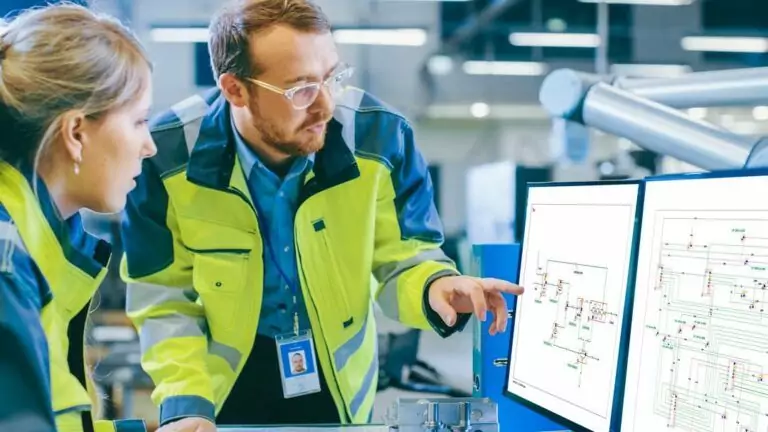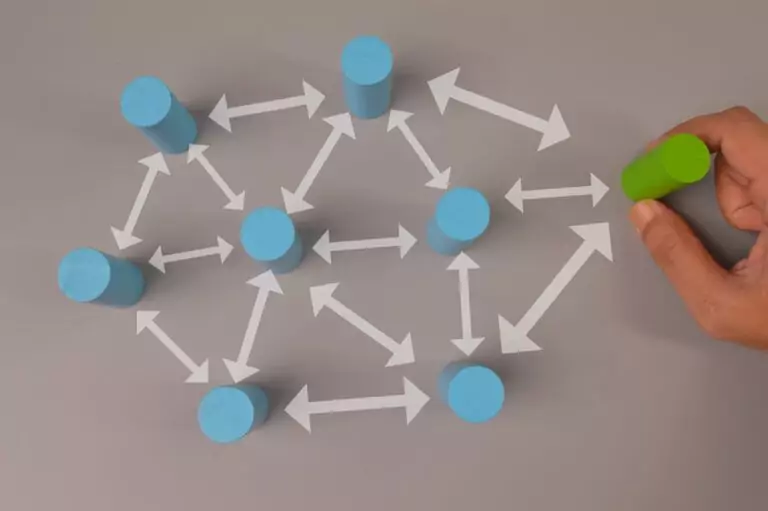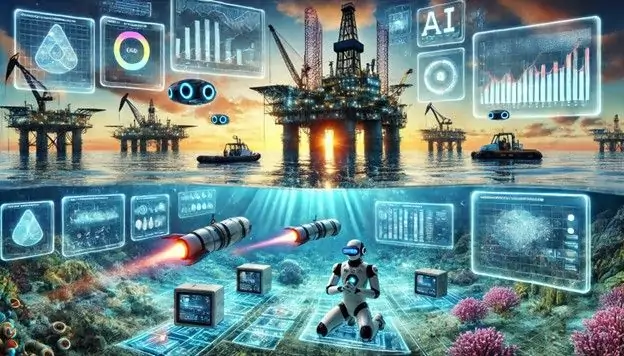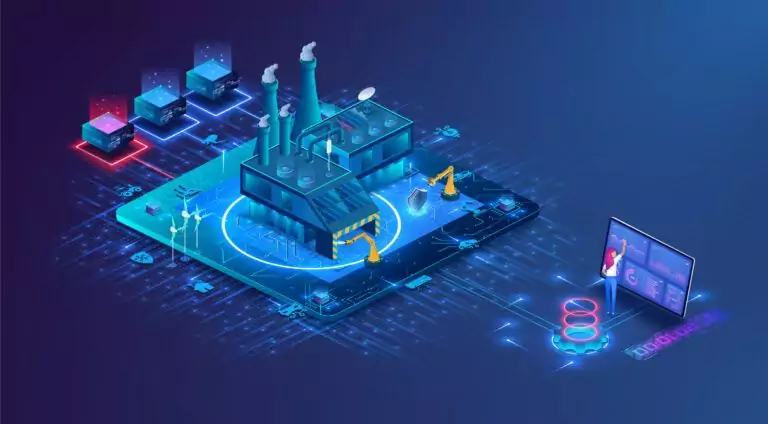According to a new report by GlobalData, the global digital twins market is set to hit over $150 billion by 2030. In the early days of the technology, digital twins were used in capital-intensive operations to streamline processes, save money, and control emissions.
Since then, companies have seen the benefits of making digital twins of entire operations, including refineries, terminals, pipelines, plants, offshore platforms, and more.
The benefits of accessing real-time data, analytics, and simulations allow operations to optimize each step and catch issues before they cause problems.
In this article, we examine how the technology is being implemented in North American energy operations to gain some insights into the future.
How The Technology Works
To understand the benefits, it is worth briefly explaining how the technology works.
A digital twinA digital twin is a precise, virtual representation of a physical object system, process, or asset. Digital twins integrate machine learnin... is a virtual replica of a physical process, asset, or system. It is often equipped with high-tech sensors to gather real-time data and advanced analytics to mirror the physical world in a digital format.

With this tool, energy companies can conduct simulations, analysis, and control of the physical counterpart. The technology’s components include:
- An interconnection of sensors and IoT devices
- Data integration platforms like OSIsoft PI System or AVEVA’s Unified Engineering
- Data processing and storage
- Cloud computing
- Modeling and simulation with hyper-detailed 3D models of physical assets
- Simulation tools like Simulink or ANSYS to run scenarios and predict the behavior of assets
- Analytics and machine learning capabilities to crunch data and predict future events
- Augmented Reality (AR) and Virtual Reality (VR) provide immersive and interactive interactions
The technologies come together to offer several benefits, which we discuss below.
The Reported Benefits of Digital Twins in Energy Industry Operations
Companies that have implemented digital twin technology report benefits that fall into the following categories:
1. Operational Efficiency
Digital twins can be used to predict equipment failures and schedule maintenance proactively, reducing unplanned downtime by a significant percentage. By simulating various operational scenarios, digital twins can lead to a 10 to 15% increase in production efficiency.
2. Cost Savings
Energy companies can save a lot of money by monitoring issues and mitigating them before they become serious through what is called predictive maintenance. It is also a great way to pre-plan the projects for the best execution which, over time, leads to reduced capital expenditures.
3. Safety and Reliability
Real-time monitoring and predictive analytics improve safety by identifying potential hazards and correcting them before people work in the area. Digital twins can drastically reduce accidents and incidents related to safety standards.
Additionally, continuous monitoring and simulation can enhance operations reliability, with fewer unexpected failures.
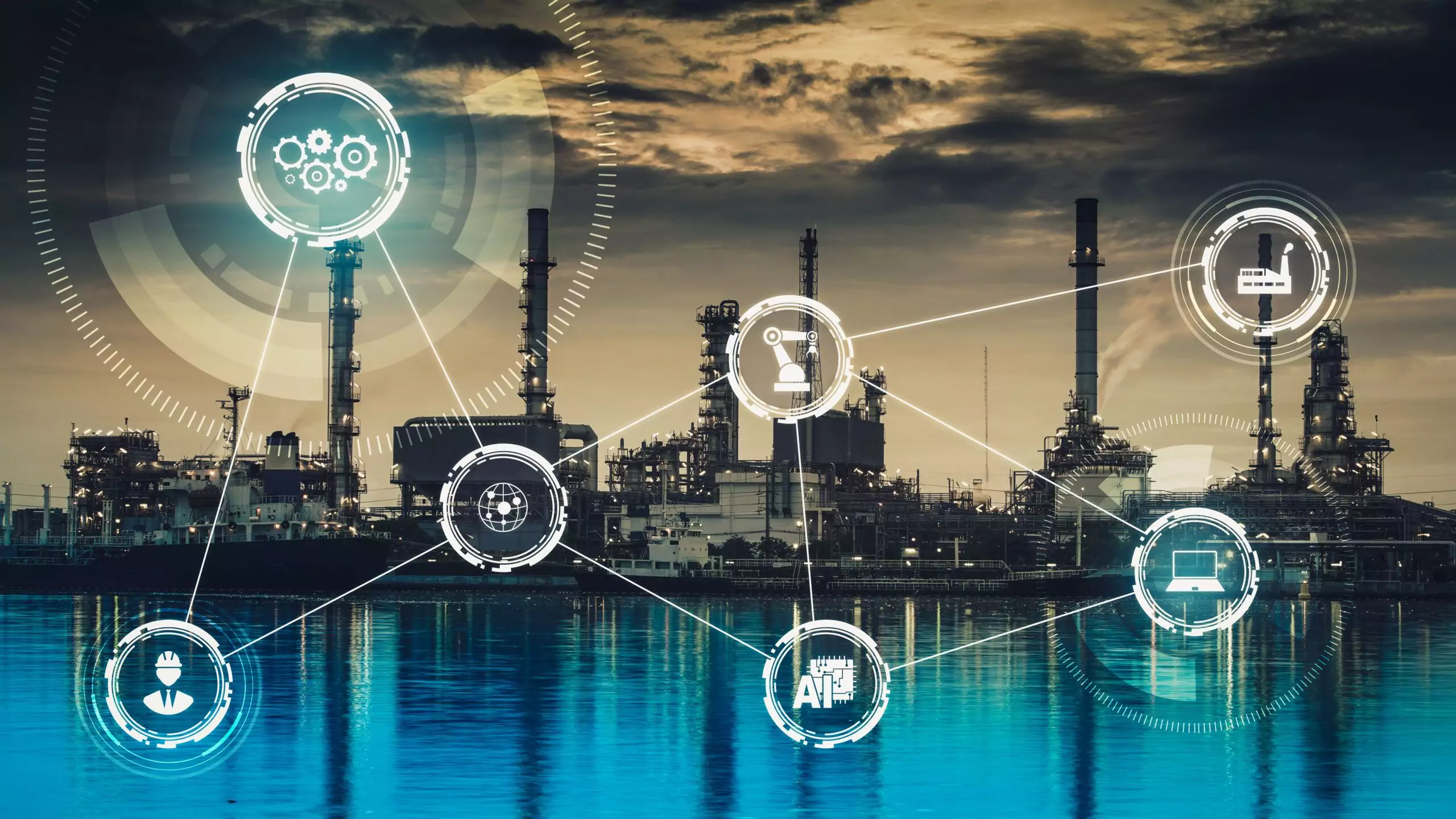
4. The Environmental Impact
With the sensors you can post everywhere to view, record, or track emissions, energy companies can monitor flaring and other emissions to not only reduce equipment failures, but also have an informed way of how to do so.
The companies can also improve the efficiency of carbon capture and storage, helping reduce their carbon footprint.
5. Time-to-Market
All the benefits of a speedy, less glitchy operation do not just mean cost savings; it also means energy companies can efficiently and quickly get their products to market. The digital twins provide accurate simulation and real-time data, allowing the operators to get their processes right from the beginning.
6. Enhanced Decision-Making
The best decision-making is dependent on how much you know about the situation. With the implementation of digital twins, a lot of guesswork or lengthy processing is taken out of the equation.
This leads to better strategic planning and operational adjustments to meet the changes as they come.
7. Resilience Improvement
The ability to simulate different scenarios allows companies to plan for various contingencies. It also improves resilience across the systems, ensuring that downtime is not a big issue and that taking a hit in any given area can be addressed quickly.
8. Training and Development
Due to the highly detailed nature of well-made digital twins and with the aid of AR and VR, new recruits or people looking to improve their skills or implement new efficient processes to the existing workflow can benefit from the training it offers.
They do not just have to rely on the theoretical aspects of what they need to learn; they can see it in action without taking up space anywhere near physical assets or installations. It also means that they can be trained from anywhere in the world with an Internet connection.
9. Supply Chain and Inventory Management
By providing a comprehensive view of the supply chain, digital twins help in optimizing logistics and reducing delays. With the implementation of real-time tracking of products and materials, companies can ensure timely availability and reduce inventory expenses.
Which Companies are Leading The Charge In North American Digital Twin Implementation?
In North America, the following energy companies have digital twin implementations with the expectation more will join in the coming years.
BP’s Argos Floating Production Unit
From its inception, this operational unit was meant to be high-tech and implemented a dynamic visual twin with real-time data and machine learning, training programs with HoloLens smart glasses, and more.
Chevron
As part of the Permian Basin-based Project Astra led by the University of Texas at Austin, Chevron is developing a digital twin of the pilot region with a methane sensor network to simulate and predict emissions.
The company also uses digital twins to facilitate remote collaboration, connecting teams in Houston to platforms in Australia as a demonstration of the technologies’ capabilities.
Equinor
Equinor has implemented digital twins in the Bakken Formation to optimize shale oil and gas operations and in the Marcellus Shale to improve well performance and reduce environmental impact. It also uses the technology in the Gulf of Mexico to enhance safety and efficiency in offshore operations.
Looking to the Future
The future of the energy industry’s relationship with digital twins looks bright. The technology has shown many companies that they can enhance maintenance and reduce downtime, increase operational efficiency and optimization, experience better asset performance and higher extraction rates, and enhance safety standards.
The technology implementation will continue to integrate with emerging technologies such as IoT, machine learning, artificial intelligence, and advanced analytics.
Looking to learn more about digital engineering and how it can help your business thrive?
Vista Projects is an integrated engineeringThe process of integrated engineering involves multiple engineering disciplines working in conjunction with other project disciplines to e... services firm able to assist with your system integration and digital engineering projects. With offices in Calgary, Alberta, Houston, Texas, and Muscat, Oman, we help clients with customized system integration and engineering consulting across all core disciplines. Contact us today!

